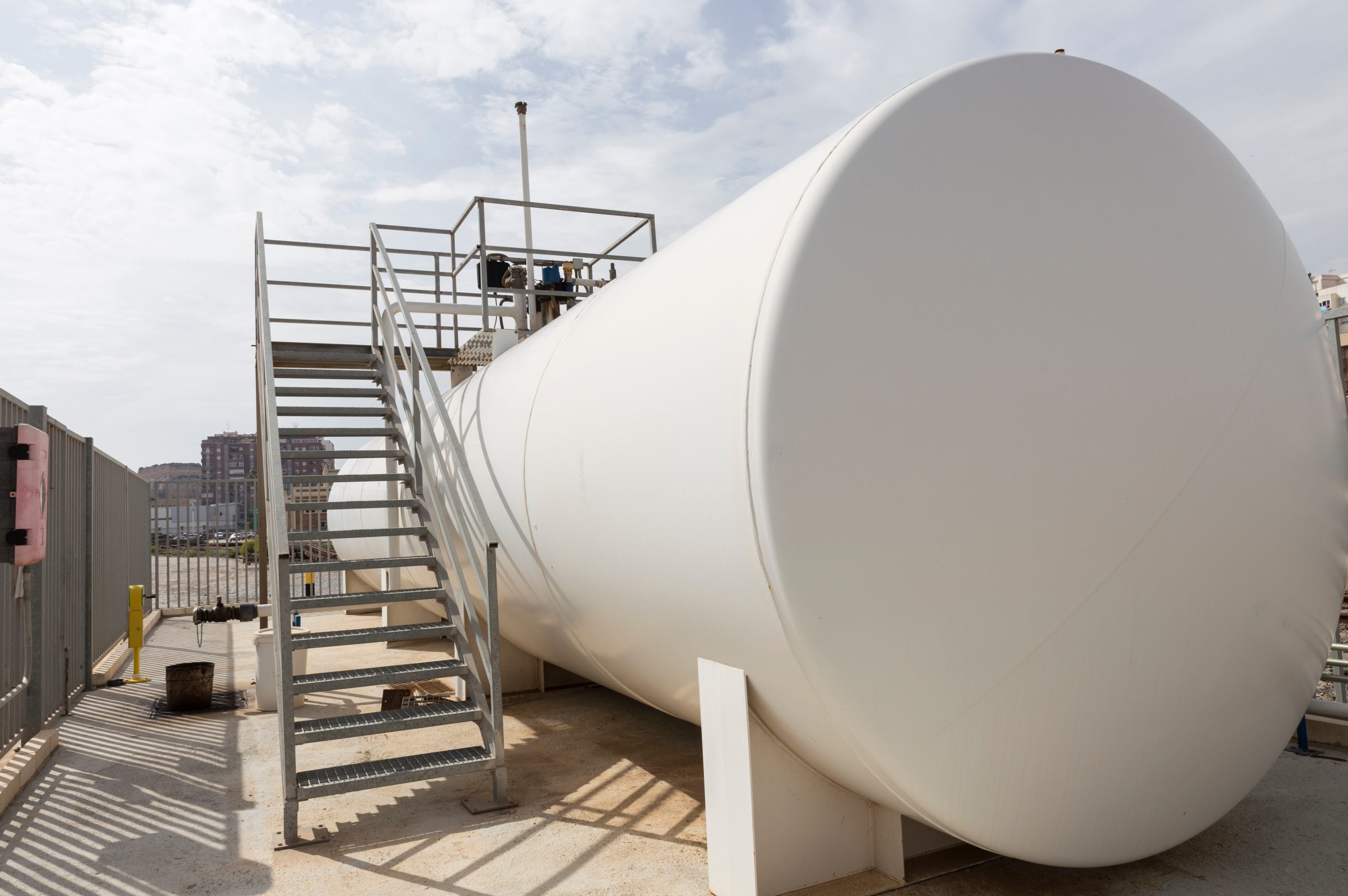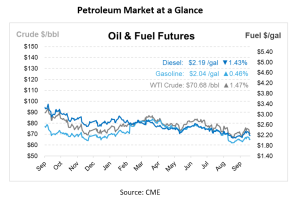
What’s That: NFPA 30 and IFC
The chemical manufacturing and oil and gas industries require many precautions due to their use of potentially hazardous chemicals. Have you ever considered that handling these materials improperly can lead to serious risks? When flammable liquids are not managed with care, they can trigger chemical reactions that result in fires or even explosions. NFPA 30 and the IFC are standards designed to regulate fire safety and prevent such incidents in the workplace. In this week’s What’s That Wednesday, we will explore these safety codes and explain why they are valuable for keeping chemical facilities safe.
What is NFPA 30?
NFPA 30 is one section of safety code from the National Fire Protection Association (NFPA), setting requirements and safeguards for the storage, handling, and use of flammable and combustible liquids. For the fuel and lubricants industry, it is one of the foremost standards governing fuel tank safety. The code is updated every three years, providing different versions that can be used in state and municipal regulations. You can access it directly through the NFPA website.
Often enforced by OSHA, state, and local regulations, NFPA 30 is also part of building and fire prevention codes in 32 U.S. states and can be applied in local jurisdictions. If you operate fuel tanks or lubricant equipment, then depending on your region you may be required to follow the code to stay compliant with safety regulations and best practices for hazardous materials handling. Designed to prevent fires and explosions, the code plays a key role in ensuring facilities meet safety standards. Following NFPA 30 not only helps protect workers and property but also promotes a culture of safety that safeguards the environment from risks associated with hazardous liquids.
What is IFC?
Like NFPA, the IFC is. Developed by the International Code Council (ICC), the IFC – short for International Fire Code – is a key fire safety code that sets standards for fire prevention and protection. It establishes the minimum requirements for fire safety in new and existing buildings, facilities, and structures, addressing hazards related to building construction, use, and occupancy. The IFC also covers fire prevention measures, emergency planning, and the safe storage of hazardous materials.
The IFC is aimed at building regulations, with sections specific to hazardous material storage and handling. Many of these sections refer back to NFPA 30A, keeping the codes into alignment in many areas. It’s regularly updated through a review process involving code enforcement officials, industry experts, design professionals, and other stakeholders who can propose changes. Many U.S. states and local governments adopt the IFC, either entirely or with modifications, as part of their safety regulations. Although widely recognized as a leading standard, its application may vary depending on local requirements.
How Do These Codes Help Create Best Practice?
Adhering to NFPA 30 and the IFC goes beyond simply meeting safety regulations—it reinforces a company’s dedication to best practices, boosting its reputation and building trust with clients and regulators. This proactive approach not only enhances worker safety but also drives operational efficiency by minimizing the likelihood of accidents and associated downtime. By following these codes, companies can reduce financial risks related to legal liabilities and regulatory penalties, creating safer work environments and ensuring ongoing compliance with safety standards. Together, NFPA 30 and the IFC set the foundation for a culture of safety and excellence across industries.
What Do These Codes Say about Fuel Tanks?
Both NFPA and IFC have some specific guidelines as it relates to fuel equipment. For example, these codes require that any fuel storage vessel of applicable sizes must have emergency ventilation (“e-vents”) to prevent a pressure build-up. They also require an emergency stop to be placed 20’-100’ away from the fuel dispenser, so if a leak were to occur the fuel could be stopped without workers running through the fuel spill. Other requirements include having adequate secondary containment (typically requiring at least UL-142 certification), properly located on the site (away from property lines or buildings), and appropriate containment to catch drips around fill ports.
When installing a fuel tank at your facility, make sure to reach out to the AHJ (authority having jurisdiction) to determine what fire code applies for your area. If you’re not familiar with local codes, work with your fuel equipment partner to determine the best way to safely and efficiently get your tank installed.

This article is part of Daily Market News & Insights
MARKET CONDITION REPORT - DISCLAIMER
The information contained herein is derived from sources believed to be reliable; however, this information is not guaranteed as to its accuracy or completeness. Furthermore, no responsibility is assumed for use of this material and no express or implied warranties or guarantees are made. This material and any view or comment expressed herein are provided for informational purposes only and should not be construed in any way as an inducement or recommendation to buy or sell products, commodity futures or options contracts.





